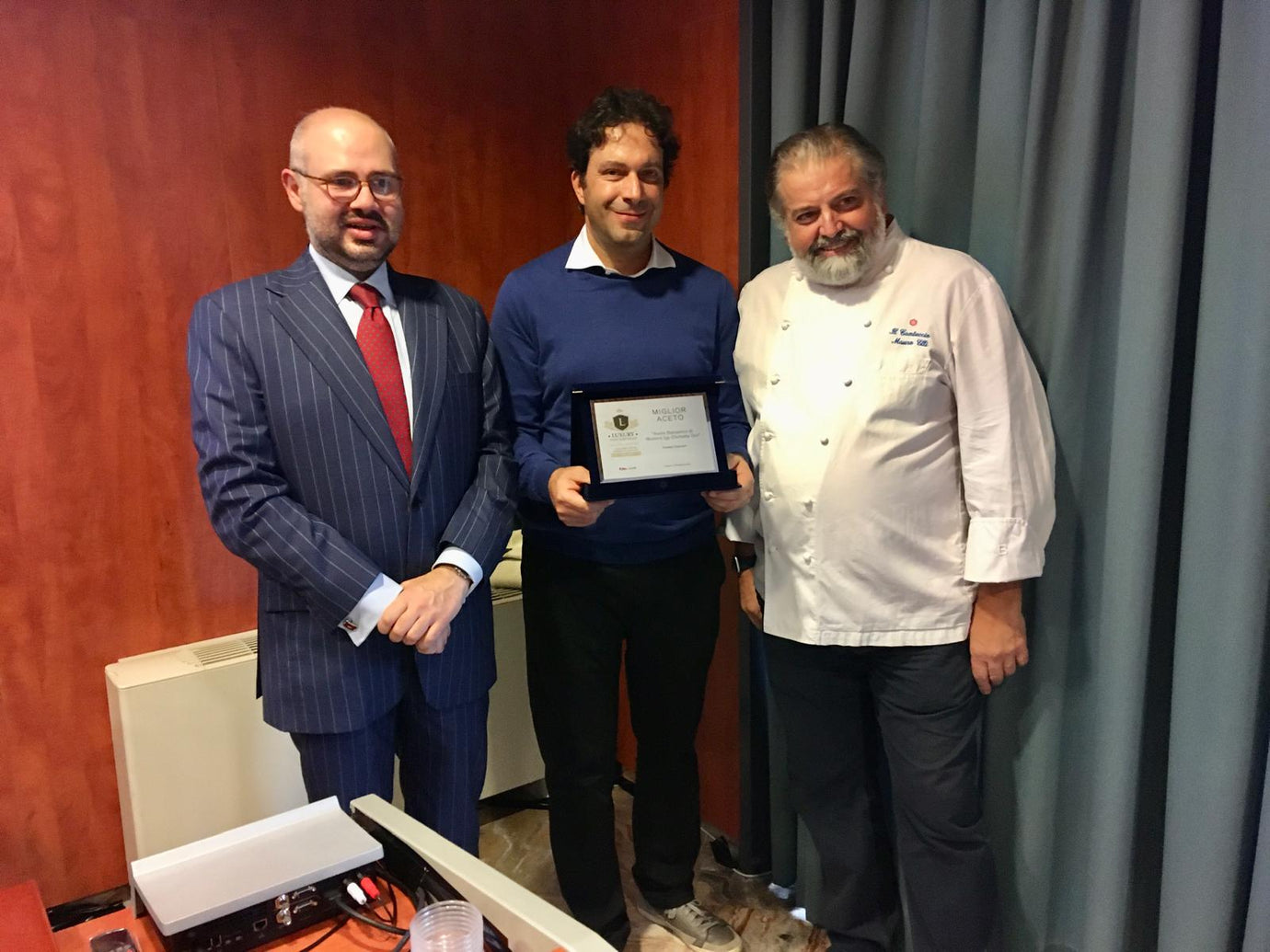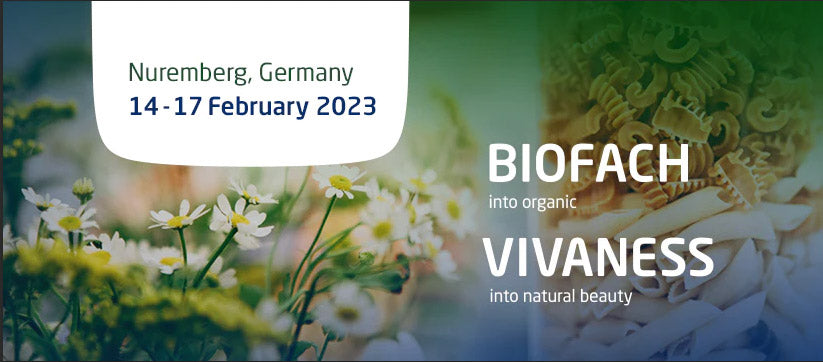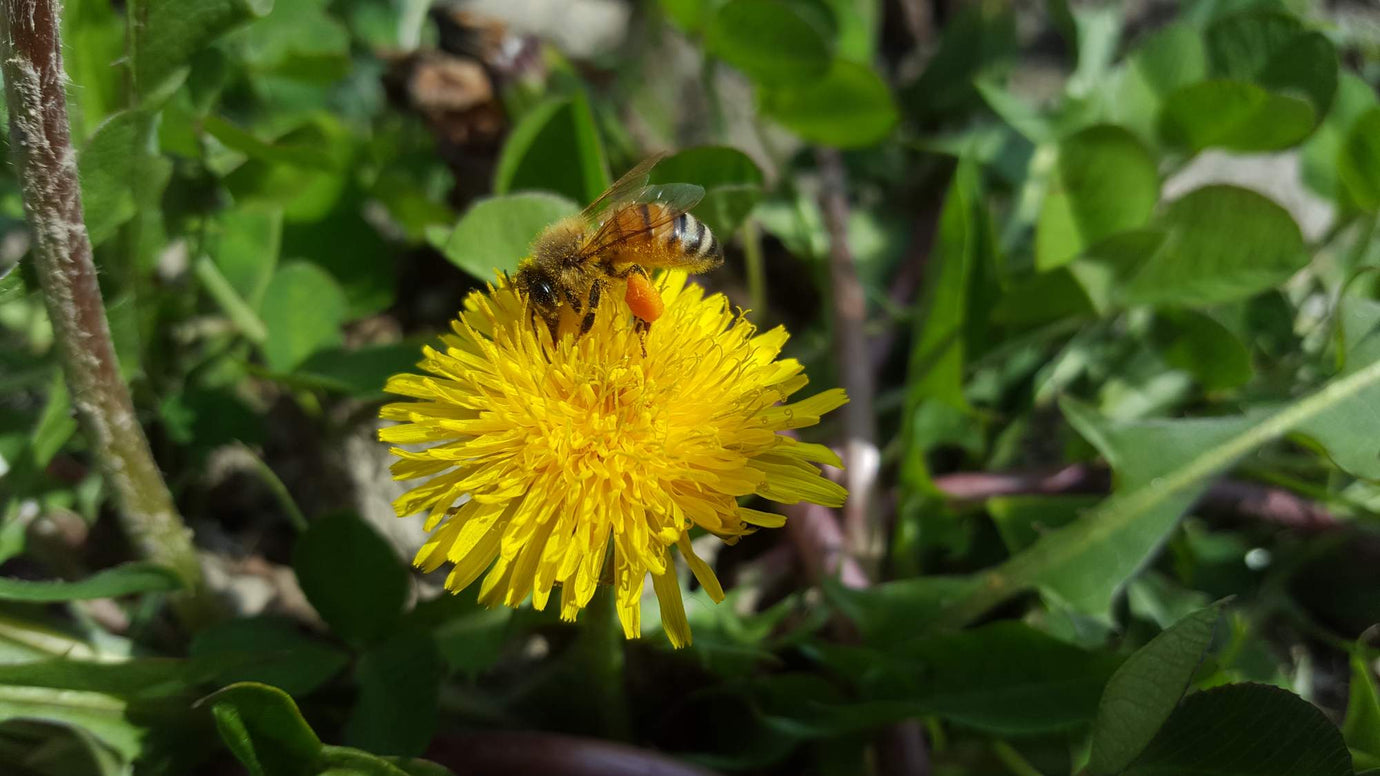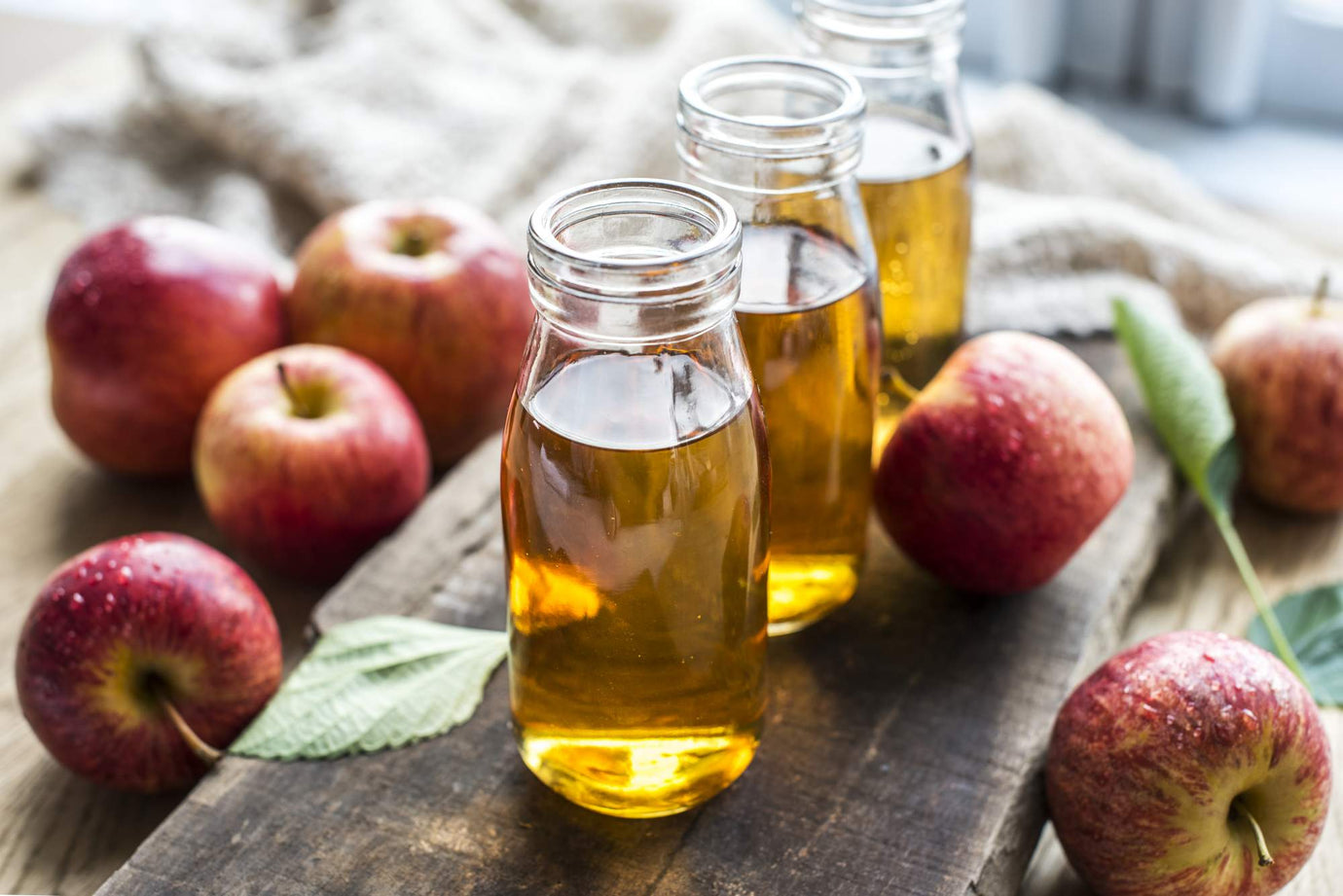Disinfecting surfaces. are we sure we are doing it right?

For some months now, we’ve been having to deal with the cleaning of surfaces to ensure optimal hygiene in the battle against the spread of coronavirus. However, there is some alarming data coming from the US that should make us reflect on the fact that we don’t always adequately choose the most suitable products for cleaning our homes and workplaces.
Perhaps not everyone knows that in the US the AAPCC (American Association of Poison Control Centers) periodically collects data relating to poisoning by poisons and chemical agents. The data collected in the first quarter of 2020 (consider that the state of Washington reported its first case of COVID-19 on 19 January 2020) showed a surge in reports of intoxication by chemical detergents compared to the same period in 2019. In particular, US poisons centres received 45,550 calls due to intoxication from chemical cleaners and disinfectants, an overall increase of over 20% compared to the previous year. Even more impressive is the figure for children, since most of the reports were concerned with children aged under 5. Although the data does not prove a direct link between the exposures and the intensification of cleaning operations due to the presence of COVID-19, there does seem to be a clear temporal association with a greater use of these products. A further analysis of the increase in calls showed that, of all the categories of detergents, hypochlorites represented the largest percentage of inhalation poisonings.
So what caused this? Firstly, the correct dilution instructions for hypochlorites (i.e. bleach) were often not followed, resulting in the use of highly concentrated detergents. Furthermore, with the aim of increasing the disinfectant power, very different chemical products were mistakenly mixed together, causing a reaction and giving rise to toxic vapours. Recall that the ISS (Istituto Superiore di Sanità, Italy’s National Health Institute) authoritatively indicates that chlorine-based disinfectants must be used alone and have a concentration of 1% in order to disinfect surfaces and destroy viruses. On the other hand, if we wish to prepare one litre of a 0.1% sodium hypochlorite disinfectant solution (the same as that of a well-known brand) at home, we should dilute 10 ml of bleach in 990 ml of water.
If we want to obtain a completely natural antibacterial disinfection, we can use apple cider vinegar very effectively. Its antimicrobial power is guaranteed due the presence of acetic acid in a concentration such that it is able to kill important pathogens such as Staphylococcus aureus (responsible for skin diseases and some bacterial pneumonia) and Salmonella Typhi (responsible for significant intestinal infections). It was recently discovered that a 6% solution of acetic acid (the same that is present in apple cider vinegar) is capable of killing the tuberculosis bacterium in just 30 minutes. From these important studies we can deduce that vinegar can be used safely for the daily cleaning of the whole house, thus obtaining an important ally in the bacterial sanitisation of surfaces. How should we use it? It can be used pure to clean the kitchen shelves, the fridge and all the surfaces we come into contact with on a daily basis or diluted to effectively clean floors. If we want to obtain a highly effective detergent spray that is completely safe for our own health and that of our children, we can dilute a glass of vinegar in a litre of water and drop some lemon wedges to infuse. The limonene present in the peel will be brought into the solution by the vinegar and will give our detergent an infallible antibacterial power against most pathogens.







